
 BBC
BBCWarning: This article contains strong language
The video opens with some white cliffs and a politician standing on a beach. This isn’t Dover, and it’s not Nigel Farage (although the echoes with Reform UK are deliberate). Rather, it’s a campaign video for the Green Party’s leadership hopeful, Zack Polanski.
Amid slick filming and a moody orchestral soundtrack, he delivers an animated and uncompromising message.
Small boats, he declares, are an “obsession that has gripped the country,” blamed for a “crumbling” NHS and “obscene” rents, while people are told there’s no money left.
“Well,” he says, looking into the camera, “I call bullshit.”
The real problem, he continues, are the “super-rich and their yachts”.
 Zack Polanski
Zack PolanskiThe Green Party is on the brink of choosing its new leader. It usually does it once every two years and the contest can go fairly unnoticed.
Not this year.
Polanski, a former actor who is the party’s deputy leader, has turbo-charged the race, the result of which will be announced on 2 September.
He calls his approach “eco-populism” and says it’s about being “bolder” and more clearly anti-elite in communicating social and economic issues, as well as environmental ones.
This, he argues, is the style of messaging that the Green party needs to embrace.
He wants to “connect with people’s anger” and then offer solutions, something the Greens are, in his view, often “too nice” to do.
He worries it leaves them looking “out of touch”.
“I think far too often in the past we’ve equivocated or we’ve been too worried to challenge wealth and power in as blunt a way as possible. This isn’t about shouting, it isn’t about being louder, it’s about being more effective.”
Tried and tested vs a radical approach
The Greens had record success at the General Election last summer, going from one to four seats in Parliament and overturning large Labour and Conservative majorities.
Together with the Scottish Greens and the Green Party of Northern Ireland, they won 6.7% of the vote.
Now, the party is at a crossroads: does it stick with what it knows has worked or pick something more radical?
And, given the candidates don’t really differ on policy, just how big a difference could new leadership make to the party’s national chances?
Polanski, who is a member of the London Assembly, wants the Greens to replace Labour as the “party of the left”.
But his opponents, the current co-leader Adrian Ramsay and new MP Ellie Chowns, who are running on a joint-ticket, believe Polanski would explode a winning formula that has brought them their greatest ever electoral success.
Ramsay and Chowns were elected to Parliament in last year’s general election.
Their style is, mostly, less combative – they believe it’s important that the Greens have broad appeal and that the party is seen to be at the heart of Westminster if it wants to bring about change.
 Ellie and Adrian 2025/PA Wire
Ellie and Adrian 2025/PA WireChowns says many voters already have a “generalised warm feeling” towards the Greens, they just need convincing they’re a credible option.
“It’s really the difference between populism and popularity,” she says.
“What they need to know is that if they put their vote in the Green box on the ballot paper that’s got a really, really good chance of electing somebody.”
Time to capitalise on discontent?
Plenty of analysts, and Green party members themselves, have questioned why the party hasn’t already capitalised more on left-wing discontent with Labour, or why it hasn’t pitched itself more effectively as an alternative to the traditional parties, in the way Reform UK has.
Matt Zarb-Cousin, a former spokesperson for Jeremy Corbyn who joined the Greens in 2022, is a founding member of Greens Organise, a group that wants the party to take a more socialist stance.
He argues that it is “inexcusable” that the party hasn’t made a breakthrough in the polls since the election.
Like Polanski, he believes that voters understand the party’s environmental credentials and so it needs to highlight its policies on the cost of living, inequality and taxing wealth over work.
“It’s not just about saying we support those things, it’s about how you frame that argument: who are the enemies? Whose side are you on?”
 Ian Forsyth/Getty Images
Ian Forsyth/Getty ImagesFormer Green party councillor Rupert Read, who is an environmental philosopher and a co-director of the campaign group Climate Majority Project, says a lot of Green party policy is left-wing, but adds that this is often the result of “making green policies that work for ordinary people”.
“You need to come from a starting point that is not dogmatically and self-avowedly left. If you do there’ll be a strict ceiling on the level of support which is possible.”
Ramsay and Chowns make a similar argument. Ramsay says that Polanski is “about appealing to a narrow base of activists,” which he and Chowns argue isn’t enough to win in the UK’s first past the past electoral system.
Chowns also believes that Polanski’s approach is too similar to strategies that have failed in the past.
“We spent years as the Green party engaging in the sort of politics where we stood on street corners and told people why we were very passionate about things…
“It’s all well and good but it’s not the way to win people over.”
Return of the ‘Green surge’?
The Green Peer Baroness Bennett, who led the party between 2012 and 2016, said there had been “a level of excitement and interest around this leadership election more than I’ve ever seen before by a very large scale”.
It is reporting a “significant increase” in members in the past few months, although it won’t yet give an exact figure. (The cut-off date to join and be able to vote in the leadership contest was July 31.)
Baroness Bennett also points to “organic growth in the grassroots” since the general election.
The party has held 12 seats in council by-elections since 4 July 2024, and won another 14 – mostly at the expense of Labour, while losing four to the Conservatives.
This all marks a significant change from the past – the so-called “Green Surge” in 2015, under Baroness Bennett’s leadership, saw the party’s membership and vote share grow but still only returned Caroline Lucas to Parliament.
 Jonathan Brady/PA Wire
Jonathan Brady/PA WireProf Neil Carter from the University of York, a long-time observer of environmental politics, says he can see an argument for following Polanski’s strategy, as the Greens have traditionally had the greatest success with “metropolitan, liberal-minded, young, professionals”.
The sort of voters who are key to Chowns and Ramsay’s approach could be harder to win over, he argues.
“The trouble is you can reach out to a sort of middle-class Tory rural voter to some extent, if you just talk Green, but as soon as you start to talk about all of those other issues that the Greens like to talk about, you’re going to alienate those voters.”
But Chowns, who, like Ramsay, won a formerly Conservative seat, says that’s not her experience. “People across the political spectrum find a lot to like in what we stand for.”
Attracting ‘anti-system’ voters
Getting noticed is often a struggle for smaller political parties. For that reason, Luke Tryl, who is UK director of the political research organisation More in Common, believes that Polanski’s approach might be the Greens’ quickest route to boosting its numbers.
“If you are trying to get 10 to 15%, it’s probably what gets you noticed.” But he argues it would net the party far fewer seats than the 40 that Polanski believes he can win.
 Mark Kerrison via Getty Images
Mark Kerrison via Getty ImagesHe says that the party is rarely brought up in the focus groups which he runs outside of Green areas and that a charismatic leader could help the party cut through.
There is a segment of the population that is “anti-system”, he says, to whom a more radical pitch from the Greens might appeal.
Mr Tryl, however, believes that while eco-populism could be a good way of getting known, the Greens would then need to “moderate” to become a “genuine mass movement party with potential for power”.
On getting into government, he says: “The Adrian and Ellie approach is right because you need to win over more of the North Herefordshires and Waveney Valleys (Chowns’ and Ramsay’s seats) and actually places like the Isle of Wight – but they are a long way from that”.
Where Corbyn’s new party fits in
There is another challenge facing all candidates: the new party that will soon be launched by former Labour leader Jeremy Corbyn and Zarah Sultana, a former Labour MP.
Both Prof Carter and Mr Tryl warn that Polanski’s strategy could be crowded out by this new party that has yet to be named but which, according to Corbyn, had 600,000 people sign up by early August.
 Stefan Rousseau/PA Wire
Stefan Rousseau/PA WireRamsay goes further. He believes the new Corbyn party would blow Polanski’s pitch “out of the water”.
Research carried out in June by More in Common suggested that the establishment of a Corbyn led-party could cut the Green’s nationwide vote share from 9% to 5%. (This did not take into account who would be leading the Greens).
Polanski has signalled he would be willing to co-operate with a possible Corbyn-led project and believes the Greens’ position as an already established party will mean he can succeed.
It is Ramsay and Chowns who have secured what could be considered the “OG” of Green endorsements: the former MP Caroline Lucas.
The strategy they propose sticking with is based on the one she used to get elected as the first ever Green MP in 2010, and focuses on intensive local campaigning.
The question of who to target
Both leadership pitches include carrying on with local targeting but Polanski believes it can’t be scaled up sufficiently to get large numbers of seats on its own.
Chowns dismisses this idea: “My vision at the next general election is that we will have multiple large numbers of target seats and definitely more than one in every region.”
 Dan Kitwood / Cameron Smith, Getty
Dan Kitwood / Cameron Smith, GettyWith either approach, the Greens face other obstacles, such as funding.
The party’s principle of not being funded by large donors means they lack the financial resources of other political parties.
During the election period, the party raised just £160,000, compared with more than £1.6m for both Reform UK and the Liberal Democrats, and £9.5m by Labour.
The Green leader has also little direct control over policy, as it is set by the members – not that there is much difference between the candidates.
Polanski has gone further than current party policy by suggesting the UK should leave Nato, but there are only a few differences between the candidates’ public positions.
 Dan Kitwood /Getty Images
Dan Kitwood /Getty ImagesUltimately, whoever is chosen to lead the party this time will likely face re-election again before the next general election. The political landscape may have changed further but there is certainly an opportunity for the Greens if they land on the right strategy.
As Mr Tryl puts it, “In the age of very fragmented multi party politics, small vote shares can deliver outsized results”.
Top picture credit: Dan Kitwood / Leon Neal via Getty
BBC InDepth is the home on the website and app for the best analysis, with fresh perspectives that challenge assumptions and deep reporting on the biggest issues of the day. And we showcase thought-provoking content from across BBC Sounds and iPlayer too. You can send us your feedback on the InDepth section by clicking on the button below.

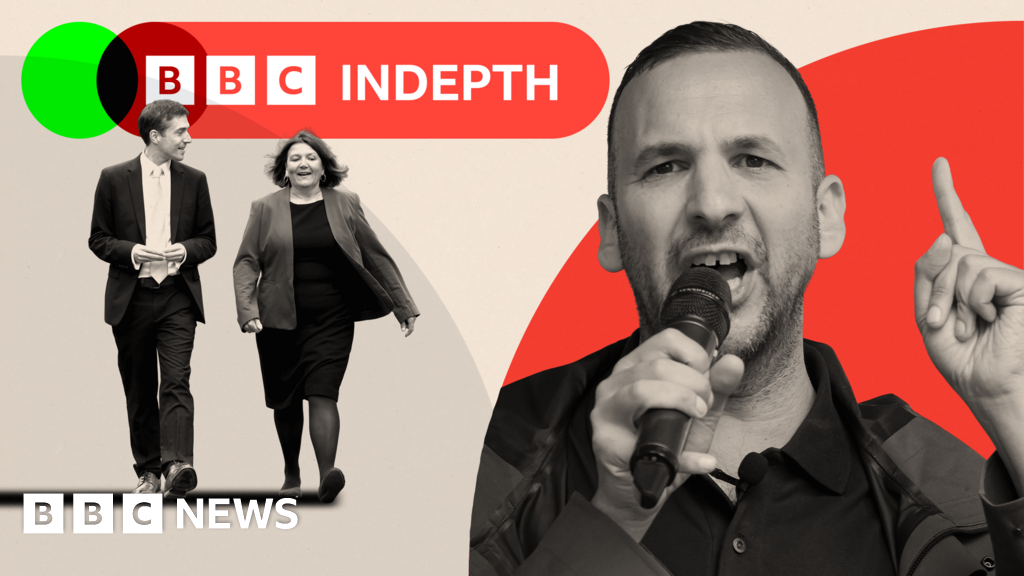

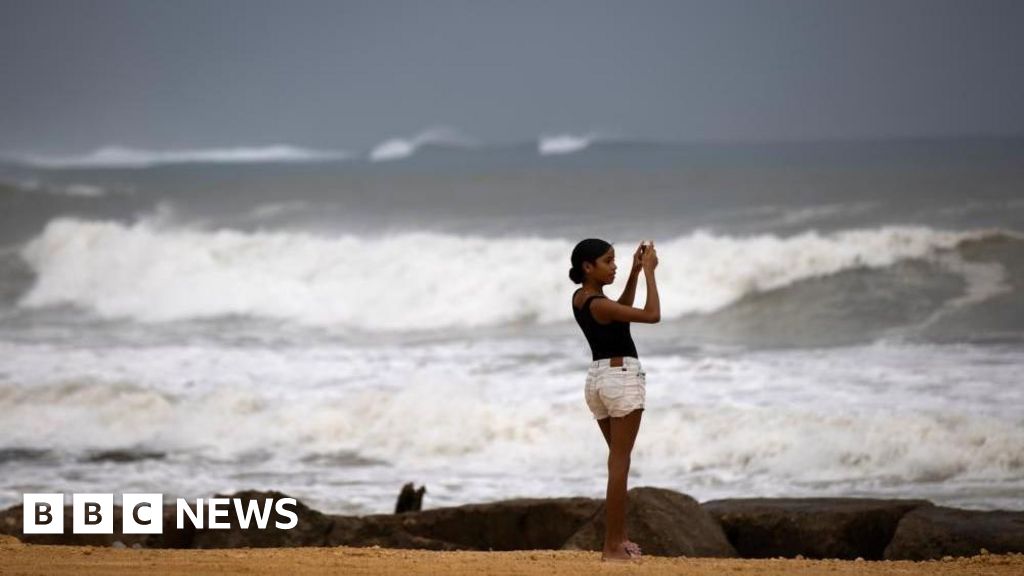
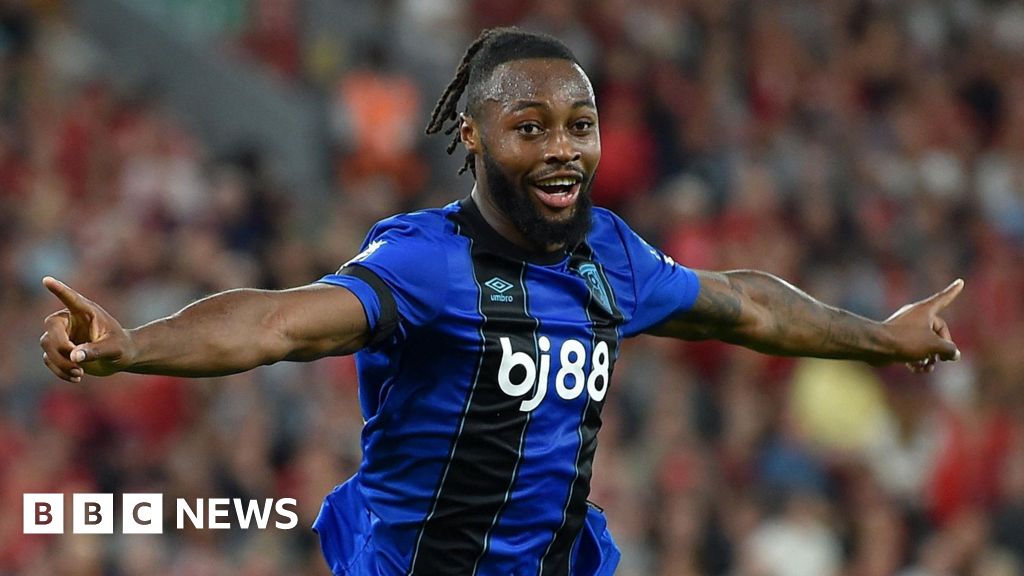

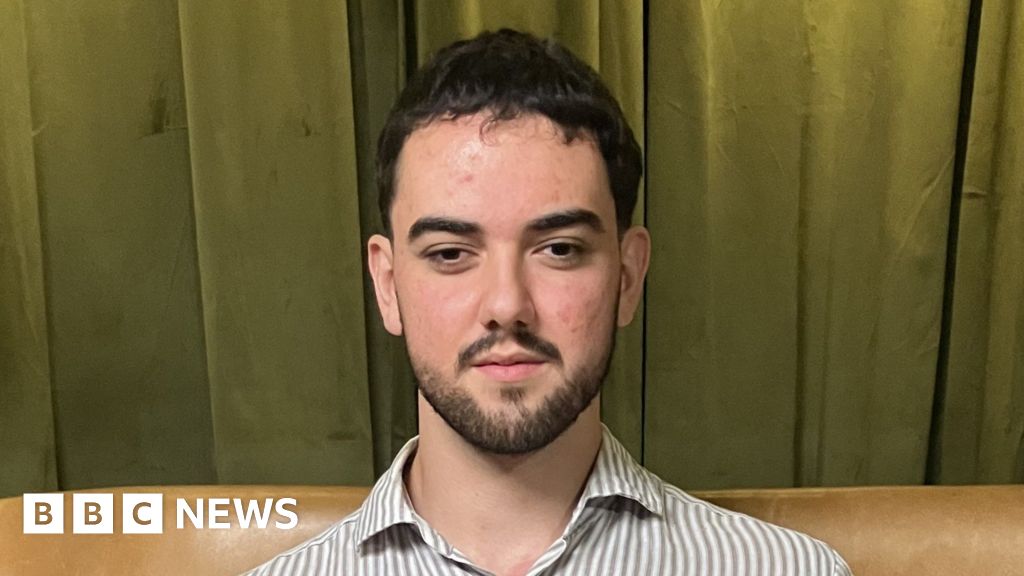
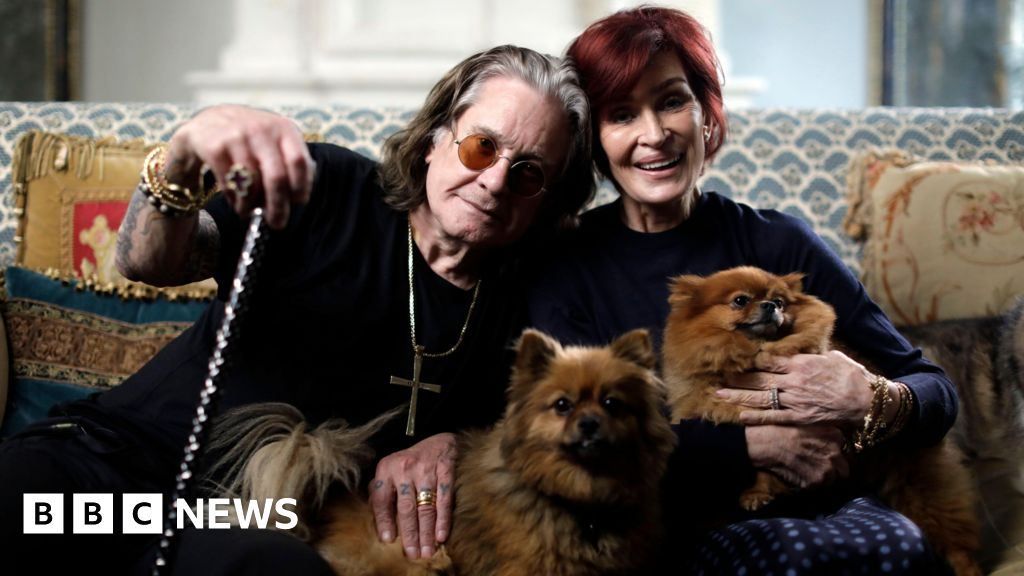



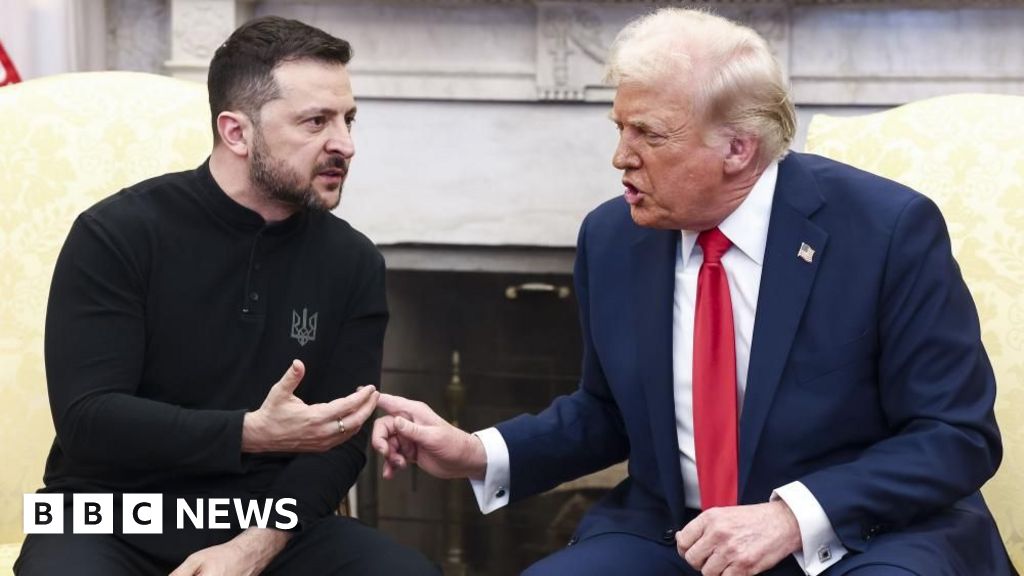
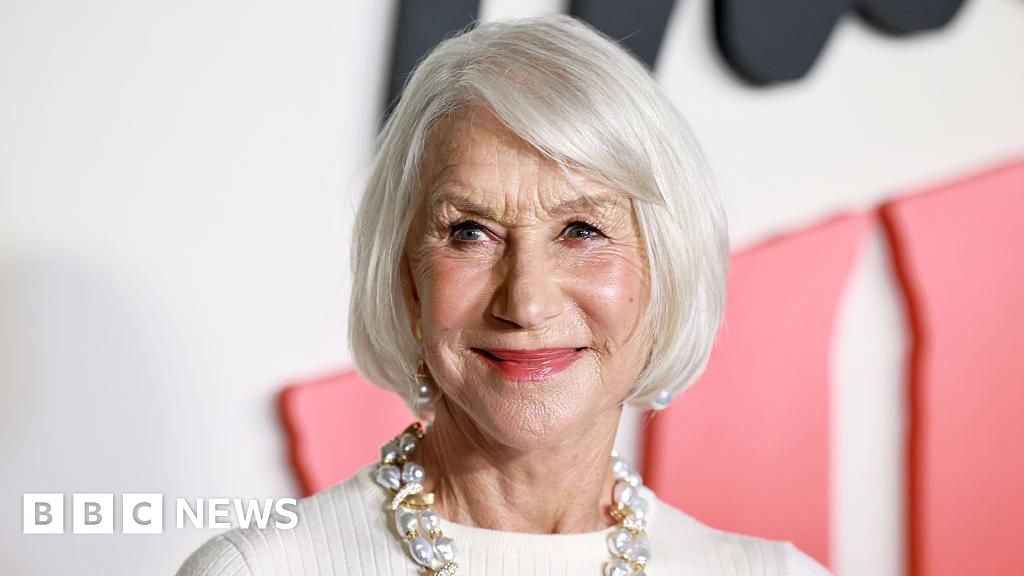



Leave a Reply